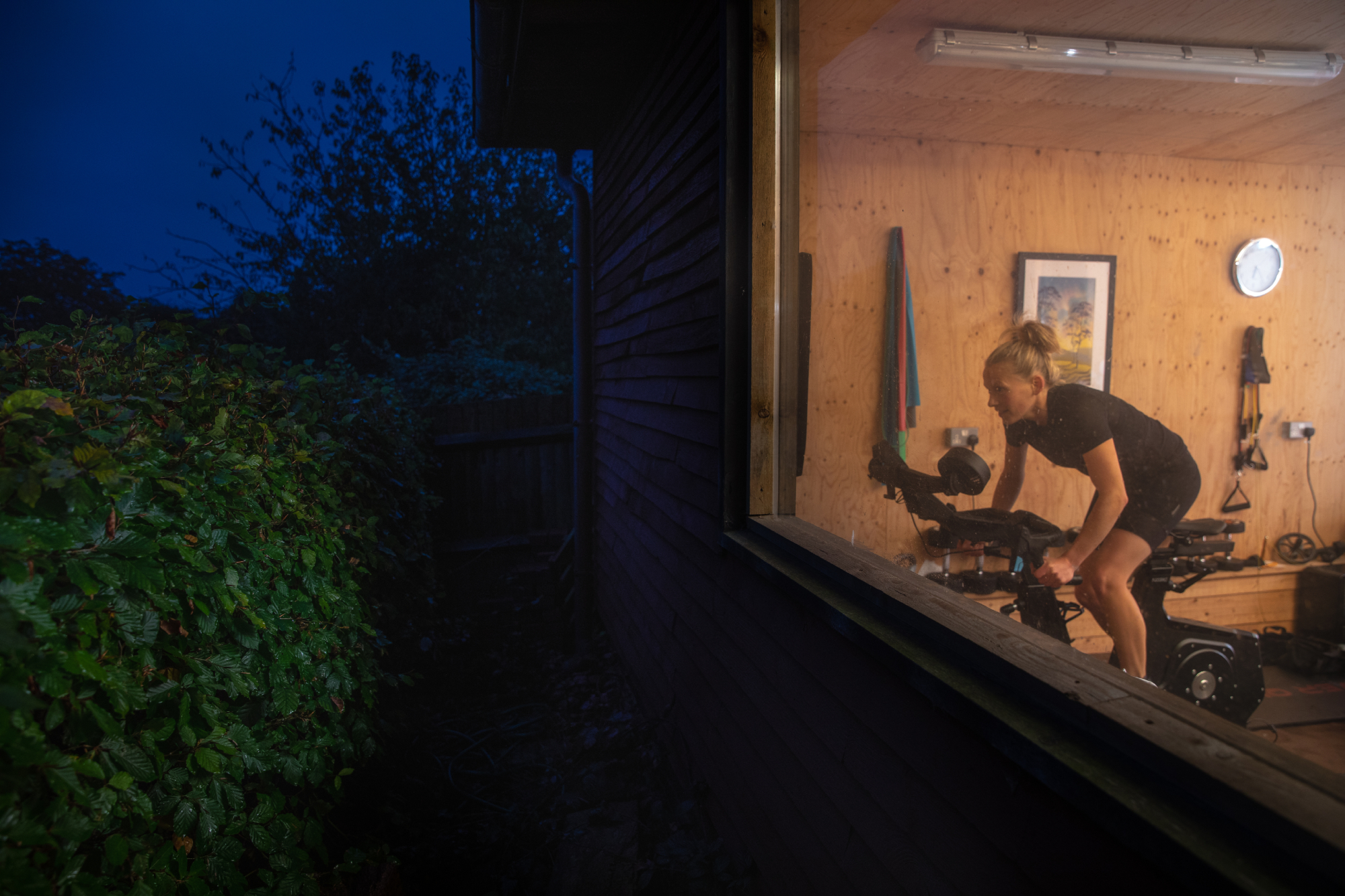
Following a formal cycling training plan, even amid an uncluttered existence, can be both physically and mentally demanding. Factor in a busy and perpetually evolving work and family life and it can become positively overwhelming – almost to the point of ‘let’s forget all this nonsense and take up television and crisps instead!’ But there are mechanisms we can employ to meld our lifestyles with our training programmes to get fit without risking burn-out.
As a team coach, I’m well placed to help with this question. Our athletes generally fall into the category of balancing high-stress jobs, busy family lives and competitive training programmes. Here’s how we help steer our clients from base to race, while making the seemingly impossible become seamlessly achievable.
Plan, plan, plan
Our typical athlete is a time-crunched woman training upwards of 10 hours a week while also raising children. Quite a few of them are in high-stress, high-powered jobs as well, so they’re not just stretched when it comes to their training. Balancing their commitments to family, work, life and leisure is no mean feat.
So the first thing we do is plan, plan, plan and plan some more. We always check in with our athletes at the end of the week to help them plan for next week. First, be realistic about how many hours you have available to train. What are your priorities? How will you fit everything together, bearing in mind unforeseeable delays and extra demands on your time? Plan, plan, plan.
Break it down
Feeling overwhelmed? We advise our athletes to break down their days, weeks and months into units of time or activities. How long do you need to get your kids and yourself ready for work and school in the morning? Is that a 30-minute unit or one hour? Do you have to put training in before that, or does it fit better afterwards? How many units of time does work need? Does the lunch break allow enough time for a training session?
In this way, you start by dividing your week and month into units of time, from which emerges a really cool structure. Every single day has its allotted unit for training – because you’ve created a system. You can also colour-code these activities, e.g. blue is work, green is training, purple is family time, etc.
The early bird

The other big, big thing is morning training. Once those early hours have passed, it’s very easy for the day to run away from you. Something happens on the school run, a child needs extra homework help, or a work call you’re not anticipating takes two hours. The next thing you know, it’s four o’clock and you’ve got to go pick up your kids from school. Mornings are magic.
Strong before long
Our methodology for time-crunched athletes tends to be fast before far, strong before long. During your busiest times, you can shorten your sessions to, say, 30 or 45 minutes. Intersperse your high-quality Zone 4 and 5 work with Zone 2 and recovery rides to reduce the risk of injury. This can massively bump up your FTP in a very short space of time. If you start with endurance – long rides of three hours or more – you send your body in the wrong direction, making it harder to build power. We work on a reverse periodisation model: short, sharp stuff to begin with, giving yourself more time for family and work.
Going long
Try to commit to one long ride a week – this is where you build endurance. Work out how many units of time you have for the other six days, bearing in mind you have to include recovery. Many of my athletes train for no longer than an hour on their ‘non-long’ days – remember, the focus is on consistency. By allocating one long training day a week, you make it more manageable and realistic. OK, so you might have to go a bit longer on this day than you might go if you had multiple long days in a week, but the family will appreciate it – as will your sit-bones!
Try this: microbursts
Here’s a great time-efficient session. Start with a really good warm-up, go through the zones and cadences from 70 to 100rpm and back down again. If it’s your first time micro-bursting, I recommend doing two blocks of five times 30 seconds ‘on’ (Zone 5), 30 seconds ‘off’ (Zone 1), with a minute or two rest between. As you get better at micro-bursting, you can start building the amount of intervals in each block.
Within a 30-minute session, you spend a big chunk time in Zones 4 and 5, which will force up your FTP. It gets your heart pumping hard, your blood flowing – it’s a really good high-intensity session in a short amount of time. Don’t forget to cool down – easy spin to get your heart rate back to normal, which takes at least five minutes. Have a good stretch afterwards
Tip tips
- Planning is key Look at the week ahead and fit in your training sessions around work and family life.
- Break it into units This helps with organisation and gives you an exact duration.
- Make the most of mornings Early workouts are the boss of the busy lifestyle – get the work done before the day starts and the gains are already bagged regardless of any curveballs.
- Strong before long This is ideal for the time?crunched athlete. You can make huge FTP gains sessions in 30 - 60 minute sessions and you’ll benefit on longer rides or races.
- Go long once a week Factor in one genuinely long ride per week while planning, as this is crucial for building endurance.







